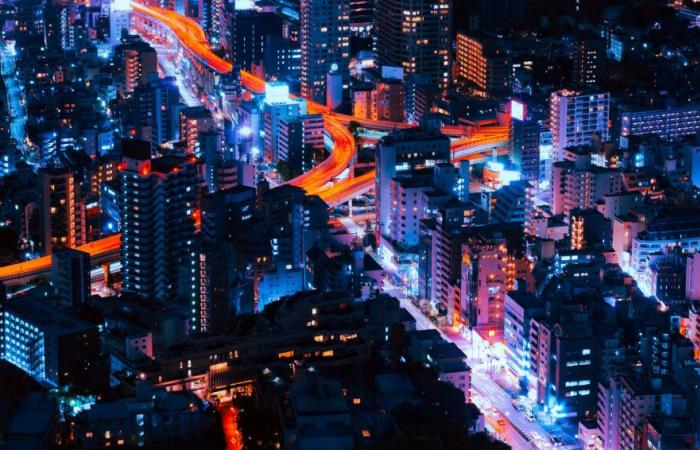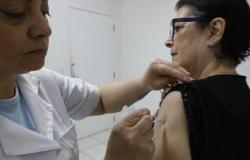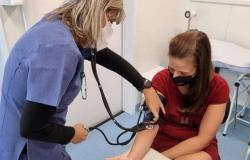Around 80% of the world’s population lives in environments with excessive artificial light, known as light pollution. Now, a new study published in the journal stroke demonstrates that this can increase a person’s risk of suffering a stroke.
According to research, the risk also encompasses other problems that affect blood flow to the brain. Previous studies have linked greater exposure to bright artificial light at night to the development of cardiovascular diseases.
Understand the research
More than 28 thousand Chinese volunteers participated in the study. For six years, researchers analyzed information from hospital medical records, death certificates and satellite images that indicated exposure to residential nightlight.
In total, 1,278 people developed cerebrovascular disease during the study period. Among them, 910 had stroke777 of which were caused by clots (ischemic stroke) and 133 were hemorrhagic cases.
Analyzing the data collected, the researchers concluded that people with the highest levels of exposure to light artificial injections had a 43% increase in the risk of developing these conditions.
“We advise people, especially those living in urban areas, to consider reducing this exposure to protect themselves from its potential harmful impact,” says Jian-Bing Wang, author of the study.
Other factors that increase the risk of stroke
Generally speaking, excessive exposure to artificial light harms a person’s health by interfering with their rest cycle. Fluorescent, incandescent, and LED light sources disrupt the internal clock by suppressing melatonin production. This worsens the quality of sleep.
This, in turn, increases the likelihood that an individual will experience worsening cardiovascular health over time.
Besides the artificial light, the study also analyzed exposure to air pollution, especially two types of particles: PM2.5, from the combustion of gasoline, oil, diesel or wood; and PM10, which comes from dust and smoke.
Participants exposed to PM2.5 had a 41% increased risk of developing cerebrovascular disease. Among those exposed to PM10, the increase was 50%.
“Despite significant advances in reducing traditional cardiovascular risk factors such as smoking, obesity and type 2 diabetes, it is important to consider environmental factors in our efforts to decrease the global burden of cardiovascular disease,” concludes Wang.
Tags: Excessive exposure artificial light increase stroke risk
--





